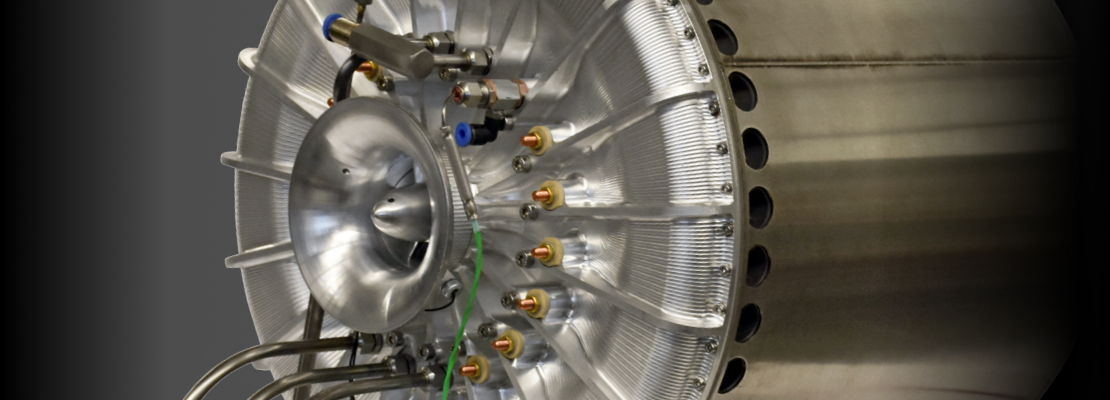


The car of the future is electric. There is no doubt about that. But the question
arises:
How can today's driving comfort be maintained in the future?
These are all typical connections in terms of modern mobility, but not for purely battery-powered vehicles. These are neither unlimited, affordable nor limitlessly available for movement. Regardless of the expansion of the charging infrastructure and the technological development of various battery concepts, a range extender for electric vehicles is an important component in the concept of the car of the future. This is the only way to achieve limitless, affordable and sustainable mobility.
 VS.
VS.

The so-called "range extender" is of course not a new concept. However, up to now the
PS traction engines, which have been highly developed over decades, have been forced into
this corset. Obviously. A little modification here, some optimization there and there you go.
So why this effort?
Tomorrow's electric vehicles will be equipped with a battery that allows 90 % of all
daily trips to be made purely electrically before they have to be plugged back in. An
internal combustion engine that is large, heavy, expensive and requires a lot of
maintenance? Rather absurd.
For this reason, we have developed a concept that is small, light, low-maintenance and
inexpensive to implement.
A concept especially designed for this application.
The mechanical power is defined as P = M x n. Where M
is the torque and n is the speed of a driven shaft. If one wants to achieve a high
power, both the torque and the rotational speed can be increased. The increase of the
torque is always accompanied by an increase of the diameter ∅ and thus an increase
of the dimensions and weight.
For this reason we have decided to increase the speed.
Micro-turbines are operated at very high speeds but relatively low torques, so a compact design can be achieved. There are also a number of other advantages over conventional internal combustion engines.
| Nominal power: | 25 kW |
| Nominal speed: | 105,000 rpm |
| Dimensions: | ∅ = 350 mm L = 460 mm |
| Weight: | 45 kg (prototype) 30 kg |
| Generator type: | Switched Reluctance |
| Generator phases: | 3 |
| DC link: | 120 V |
| Cooling: | Water |